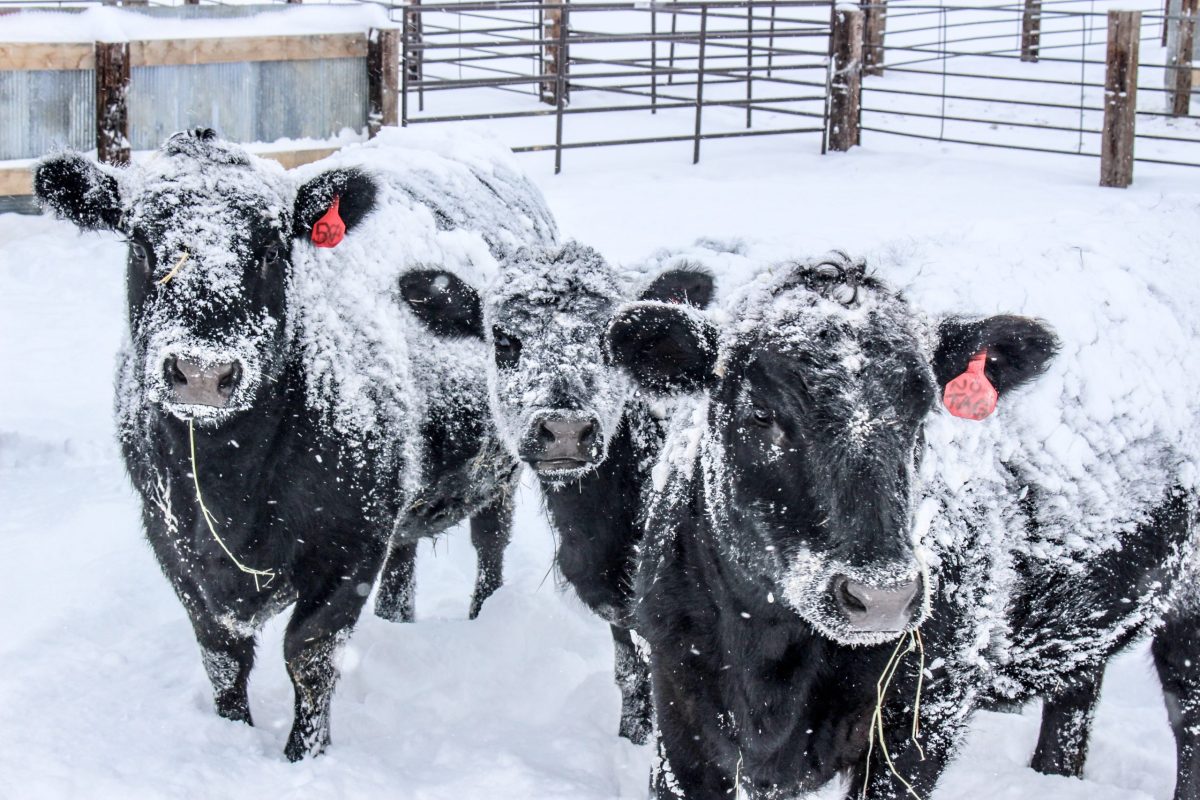MarketsFarm — The ICE Futures canola market traded within a certain range for the week ended Wednesday, but one trader believes that wide crush margins will take prices over the psychological resistance level.
Since nearly hitting the $900 per tonne mark on Nov. 15, the January canola contract declined for eight straight sessions before going as low as $803.50/tonne on Nov. 28. The price then recovered, but not as high as $850/tonne.
While Chicago soyoil dropped three U.S. cents per pound in the span of a half-hour on Nov. 30, hindering canola’s upward movement, soyoil later recouped most of its losses in the session.
Read Also

U.S. livestock: CME cattle futures rise on expectations of tight supplies
Chicago | Reuters – Chicago Mercantile Exchange cattle futures climbed on Wednesday as market players anticipated tighter cattle supplies in…
“Canola is slowly starting to recover some of its value against the oil and meal values,” Ken Ball of Winnipeg-based PI Financial said. “The crush spreads have been astoundingly wide… and they’ve been ridiculously (fueled) by speculative trade.”
The January canola crush margin on Tuesday was $312.27 above the futures, according to ICE — a $64.33 increase from one month ago and a $34.31 jump from the previous week.
Ball added that canola did not go below $800/tonne because of support from strong soyoil prices, which then triggered canola’s rise to $850/tonne.
“That will be the range for now, but there’s room for (the price) to swing quite significantly because of the extremity of the moves in the crush margins,” he said.
“It’s quite possible over time those crush margins will come back towards normal levels. We expect crush margins are going to stay high.”
However, this will create a dilemma for the export market.
“If we’re going to export canola, it can’t trade relative to those oil and meal values or Canadian canola will get too expensive in world markets. Once Australian canola flushes through the system over the next few months, canola margins should start to tighten up again to more normal levels,” Ball said, adding that many end-users of canola are both crushers and exporters.
“They would certainly much rather crush the canola than export it. There would be a tendency to downplay exports and work on crush. But we only have so much crush capacity, we still have to rely on exports.”
Further affecting canola prices going forward, according to Ball, will be whether Chicago soyoil prices continue to trade at higher levels compared to other vegetable oils.
This week, the U.S. Environmental Protection Agency (EPA) is set to announce its biofuel blending mandate for 2023, which may affect vegetable oil markets.
“There is a lot of chatter and talk about the blends for ethanol and biodiesel,” Ball said. “Soyoil stocks are looking a little bit tighter this year and that’s because of increased biofuel usage. So there’s some pressure on them to start slowing that down a little bit.”
— Adam Peleshaty reports for MarketsFarm from Stonewall, Man.
















